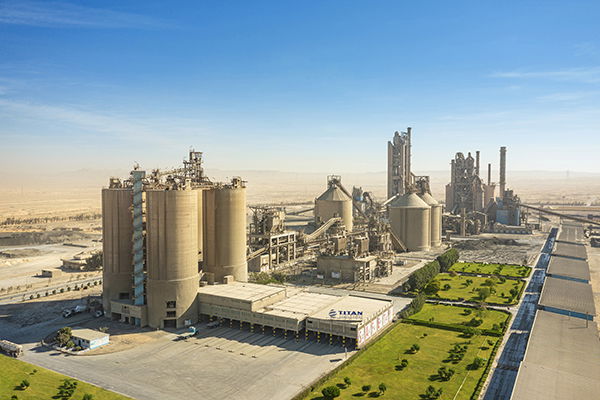
Romania’s road to recovery
Romania’s cement producers are looking to the country’s housing sector to increase demand as infr...

The Egyptian cement industry has seen challenging times recently, but a more positive outlook is emerging on the back of mega-projects and improving export potential. by Abdelkhalek Mohammed, equity strategist, Egypt

GBP£220 / USD$315 / EUR€260 annually
Our editors pick the top news delivered to your inbox. Sign-up today!